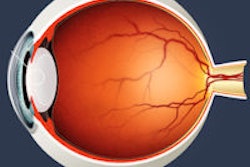Patients receiving peritoneal dialysis (PD) catheters placed with fluoroscopy- and ultrasound-guidance fared much better than patients who had their catheters placed laparoscopically, according to research presented at the American Roentgen Ray Society (ARRS) meeting.
In a retrospective review of patients receiving PD catheters between January 2005 and December 2012, the group of patients receiving image-guided placement under conscious sedation by interventional radiologists had significantly fewer complications (p = 0.0019) after one year than those whose catheters were inserted by surgeons using laparoscopy under general anesthesia. The study was led by Dr. Ahmed Kamel Abdel Aal, PhD, chief of interventional radiology at the University of Alabama at Birmingham.
The team mined its institution's prospective dialysis access database and electronic medical record to find catheter complications, including technical (muscle hematoma, bowel perforation, hernia), mechanical (catheter malfunction, leak, patency failure), and infectious (peritonitis, tunnel and exit-site infection) issues.
The laparoscopic approach is more likely to be complicated by catheter malfunction and peritonitis, according to the researchers. While other complications occurred at a higher rate in the laparoscopic group, the difference was not statistically significant.
The image-guided technique may facilitate catheter placement in late-referred patients with end-stage renal disease, thus enabling urgent-start PD and avoiding the need for temporary vascular-access catheters, the group concluded.



















